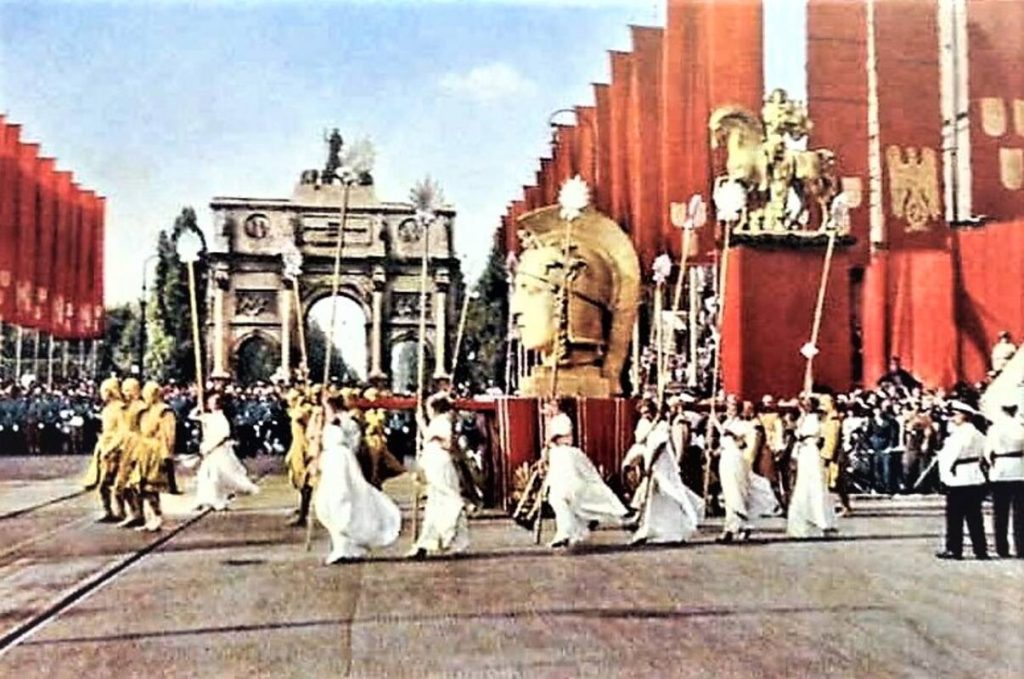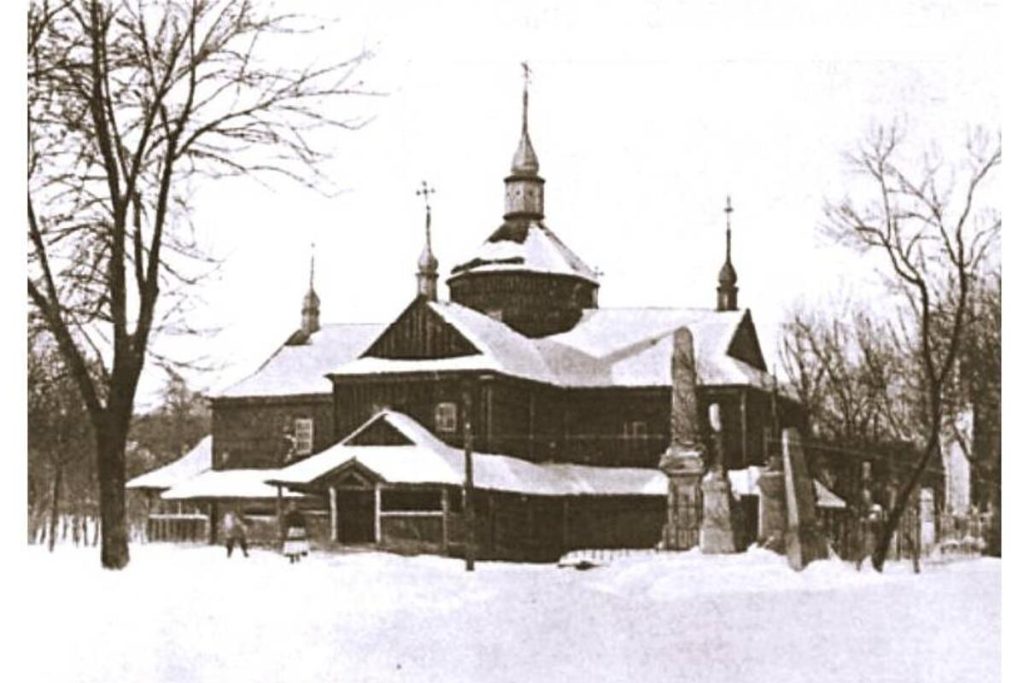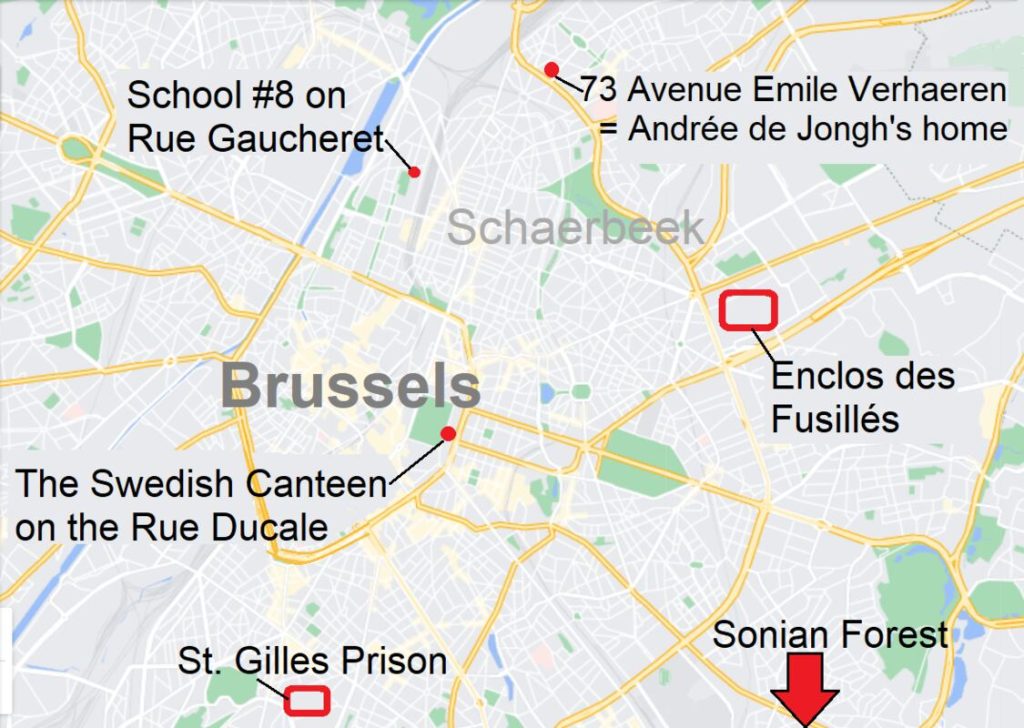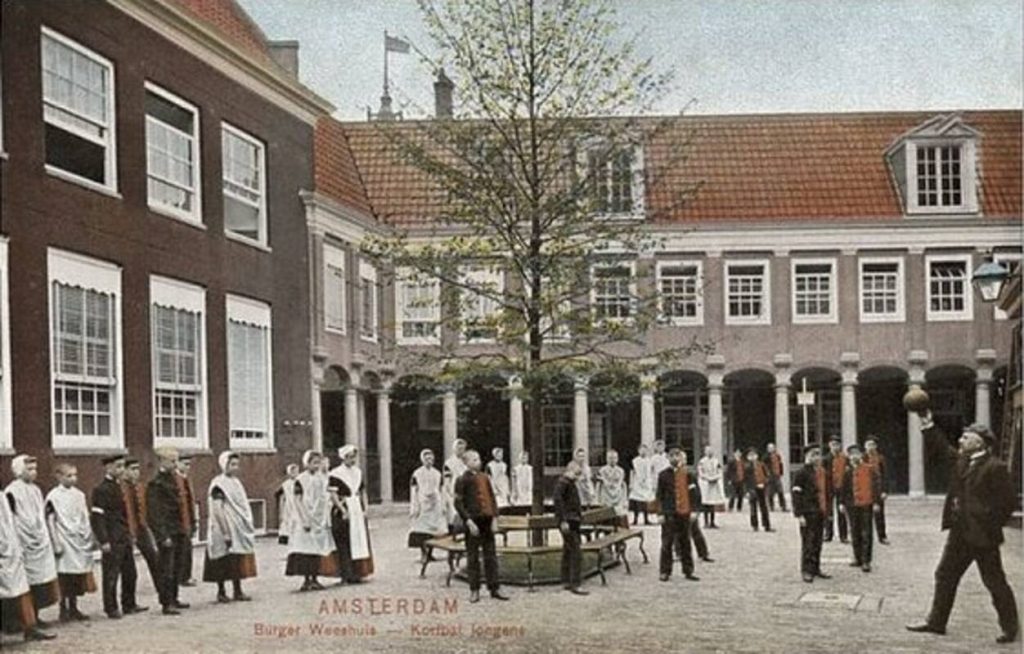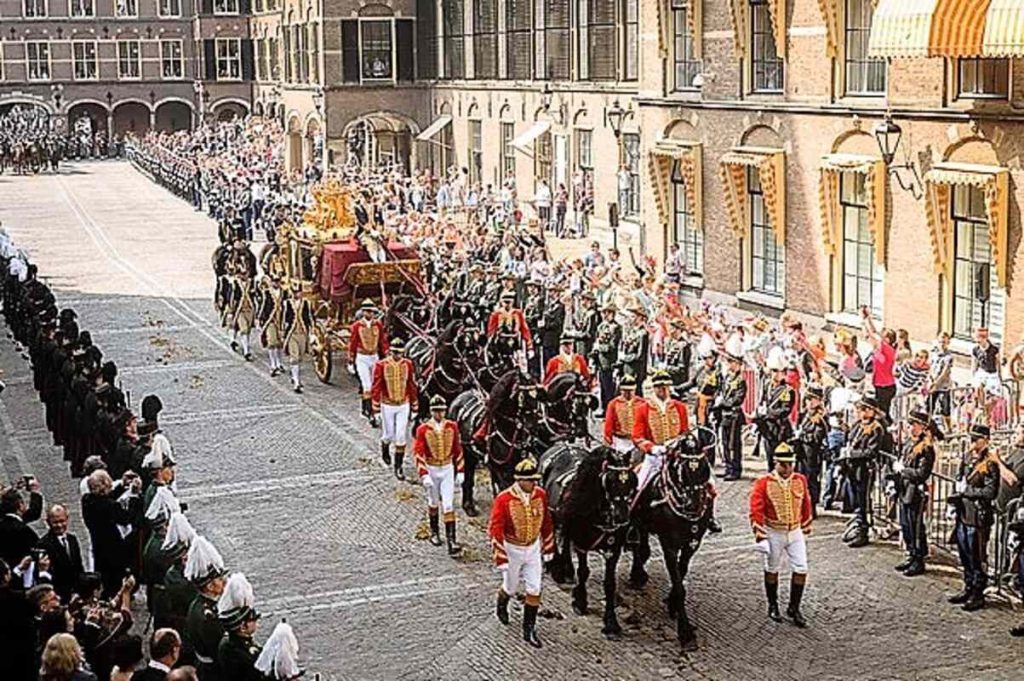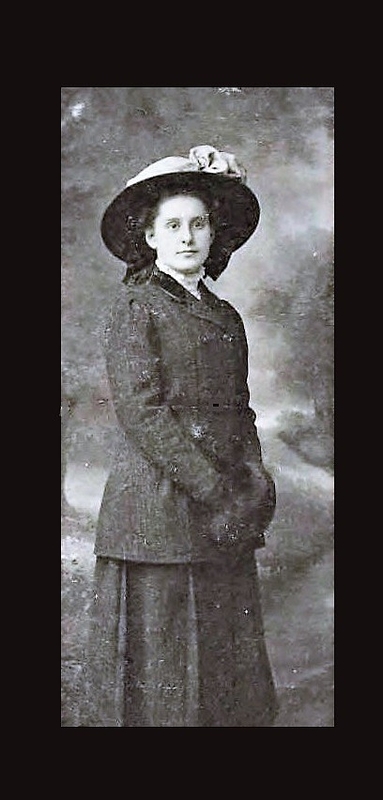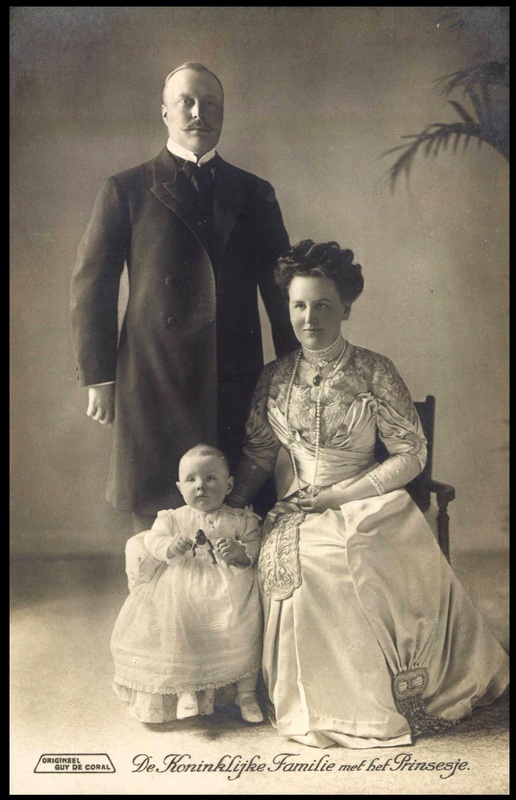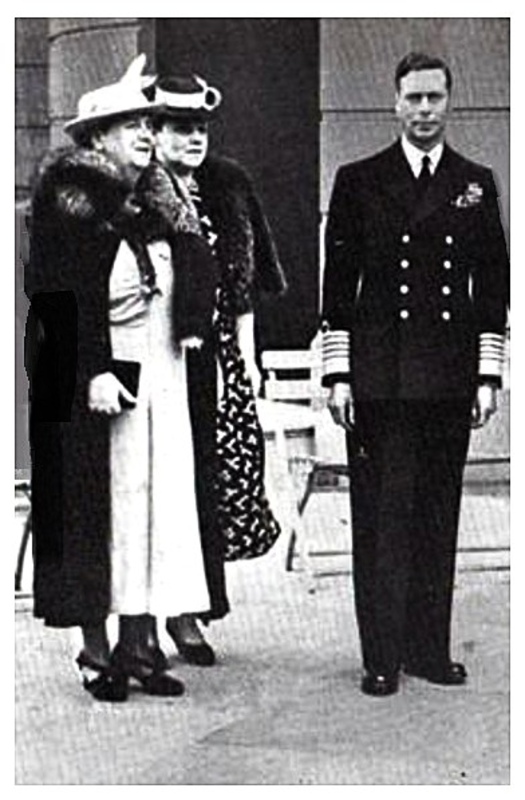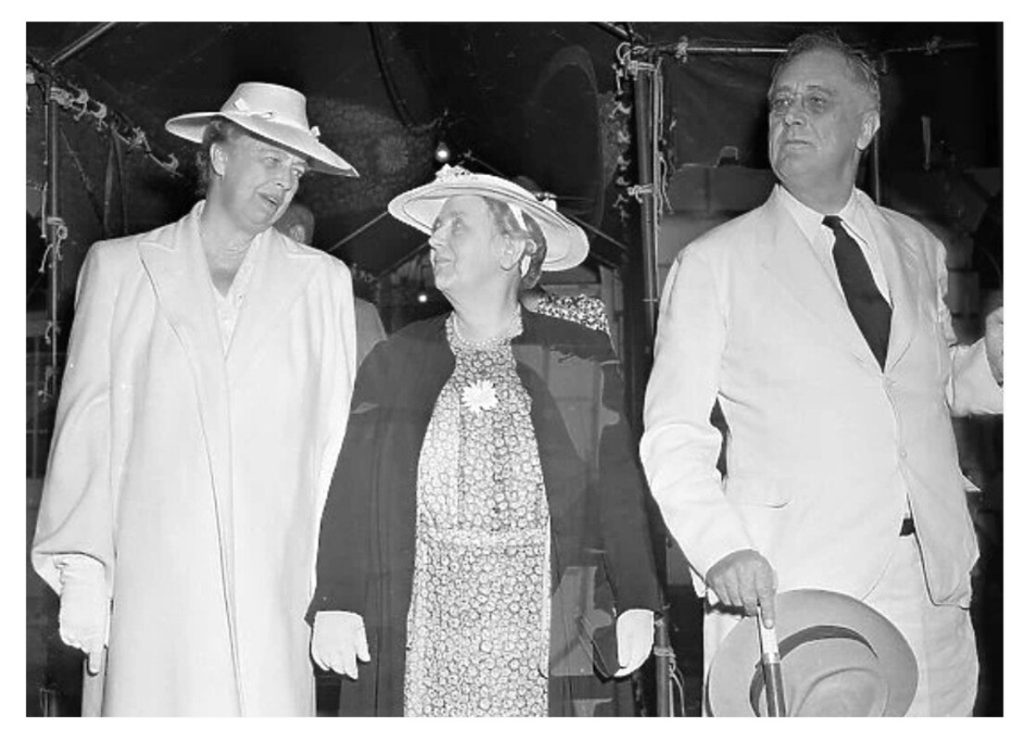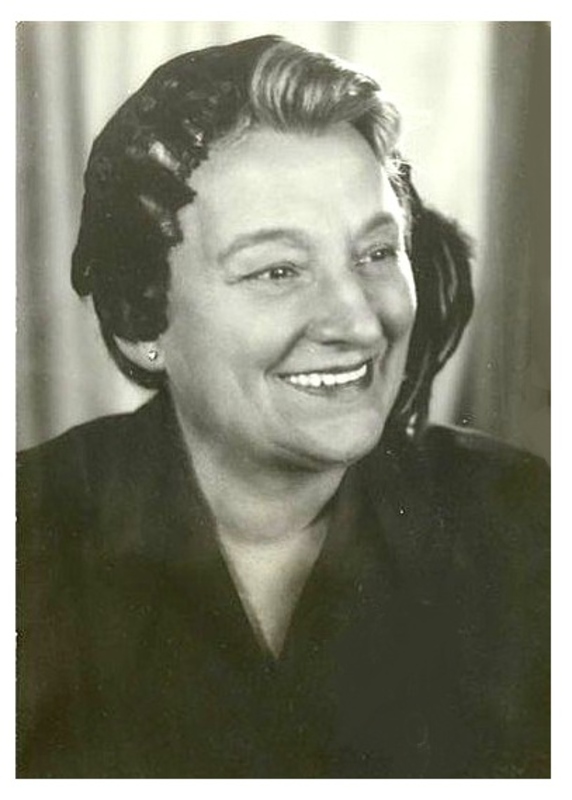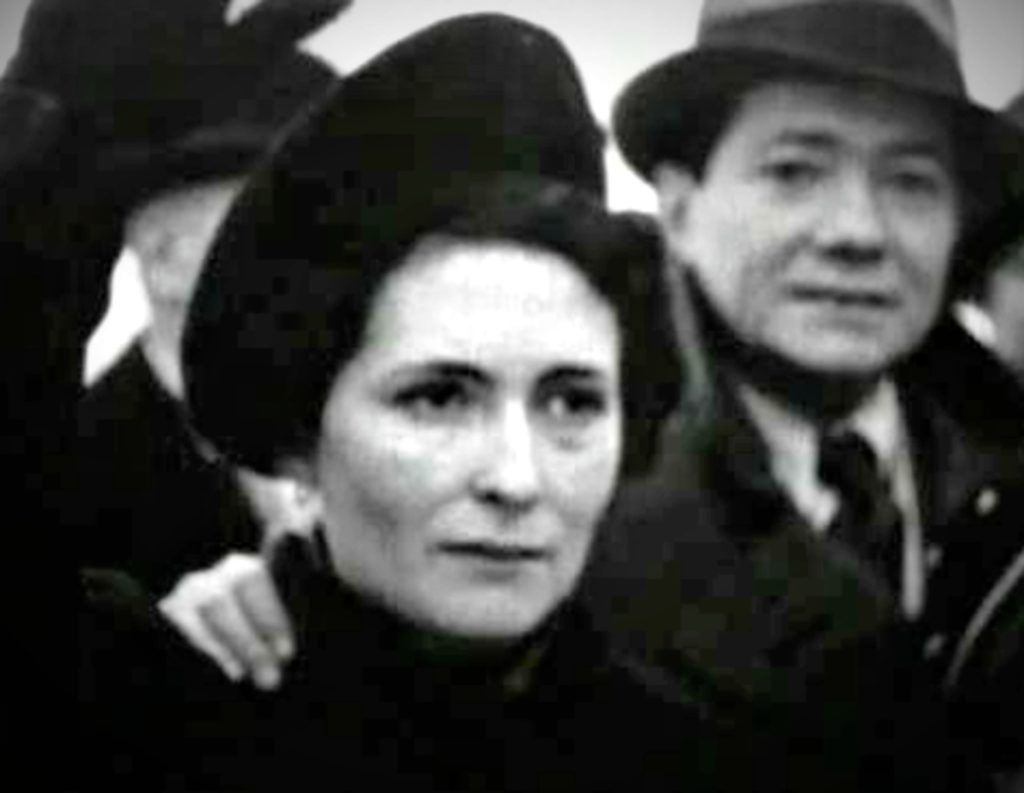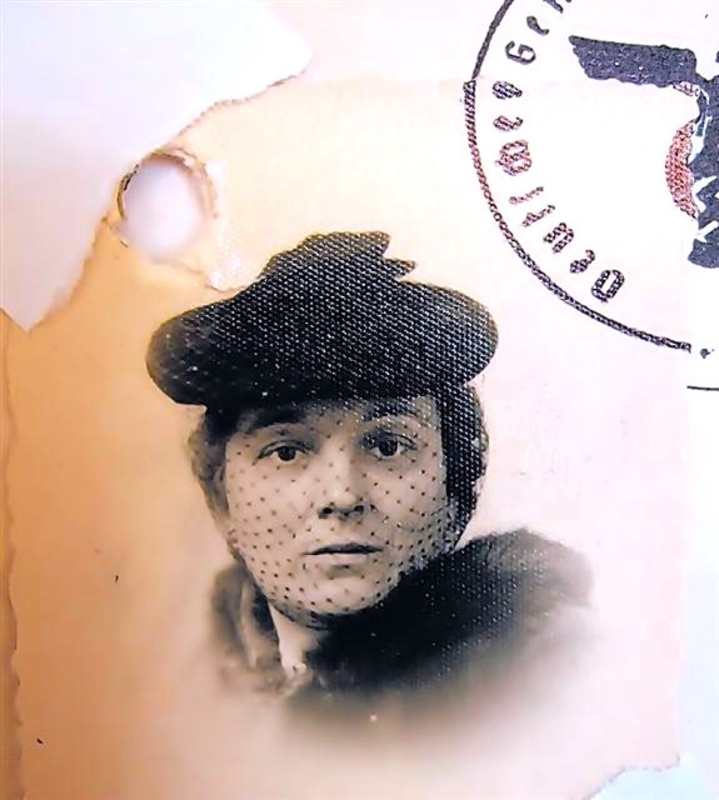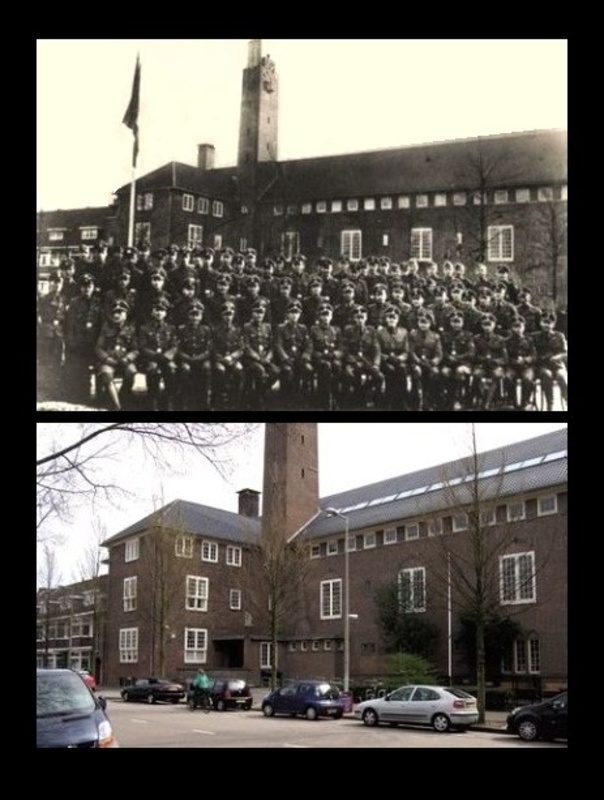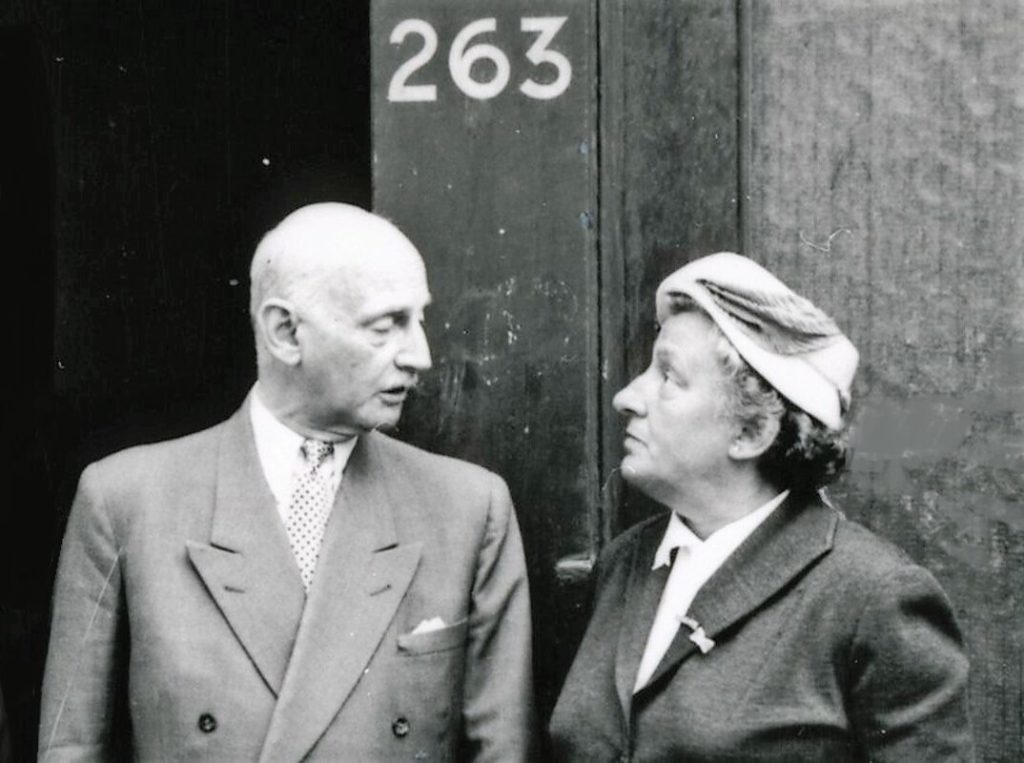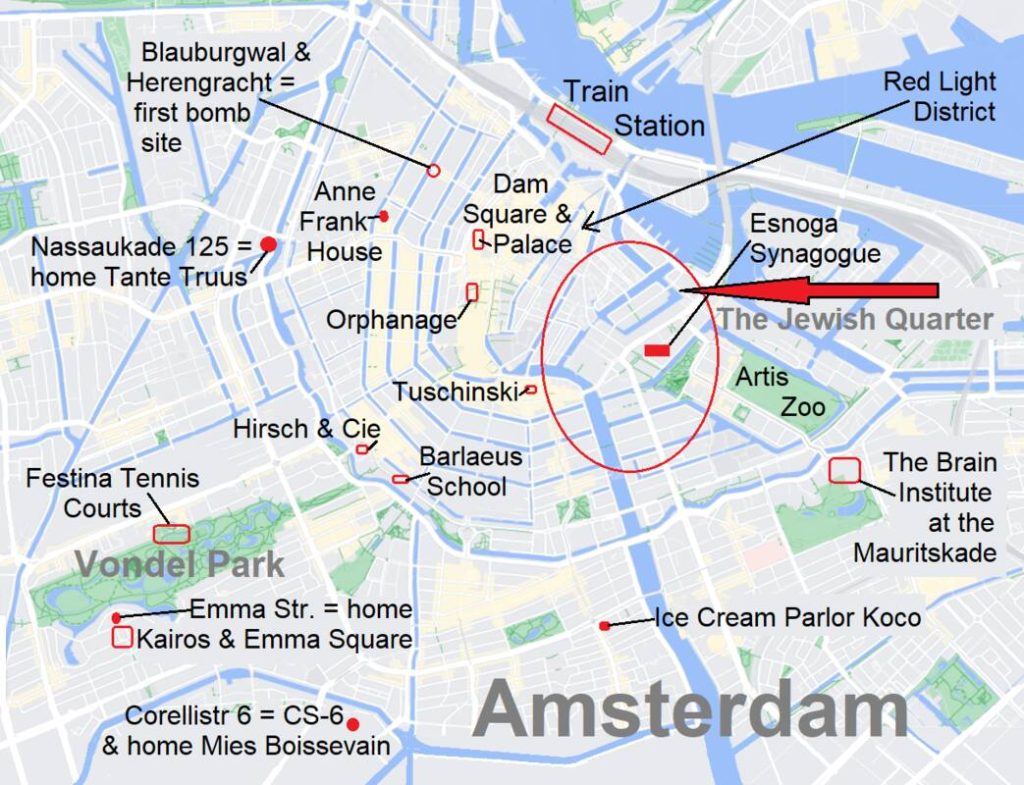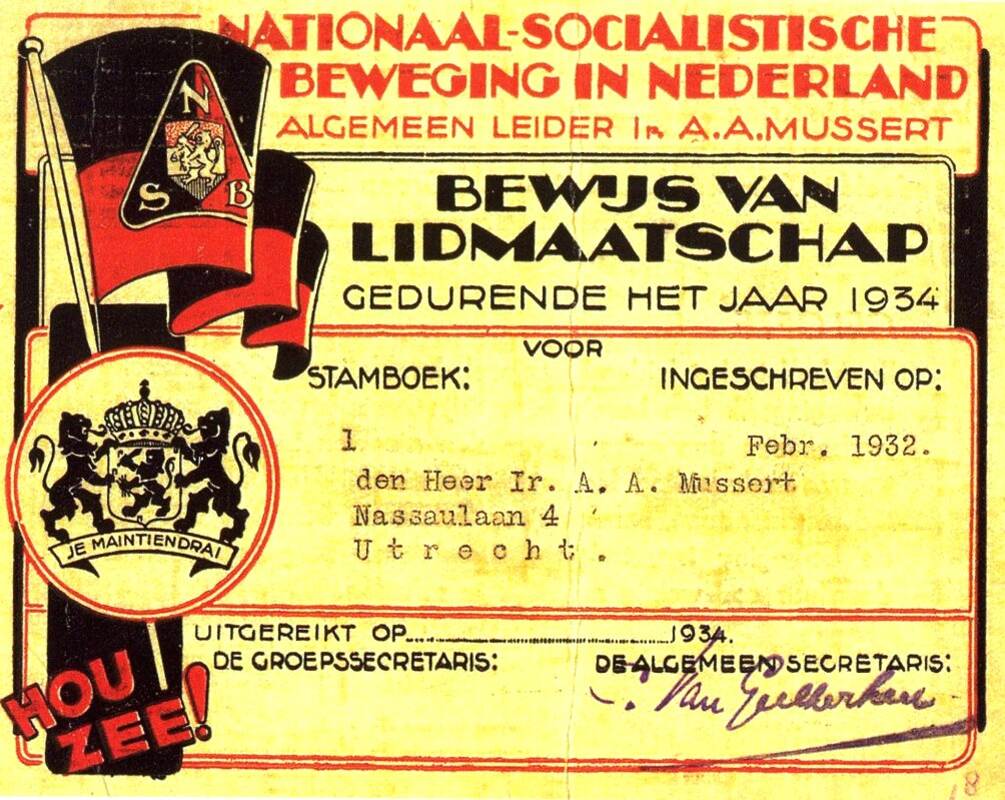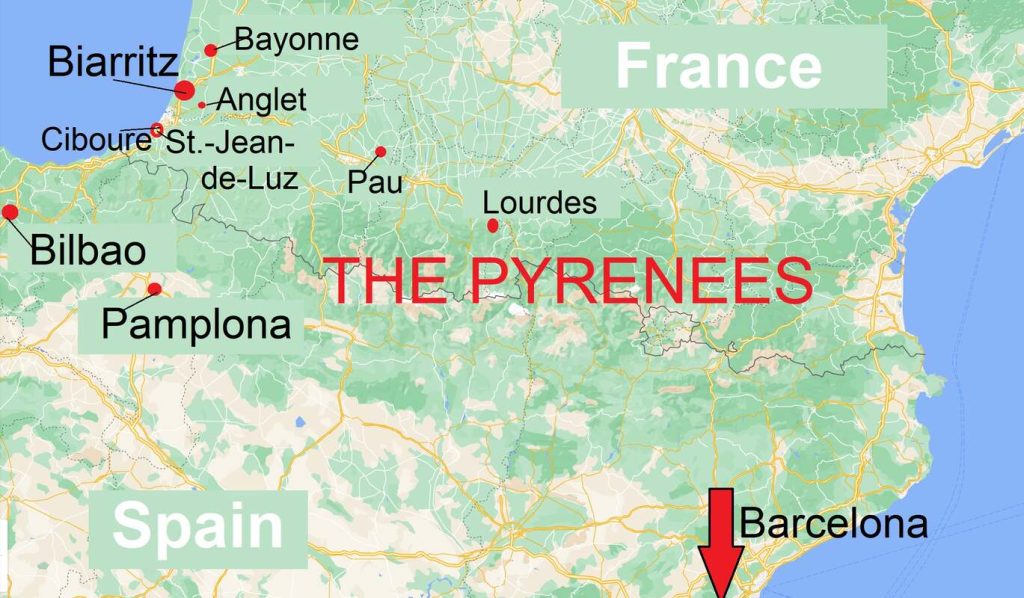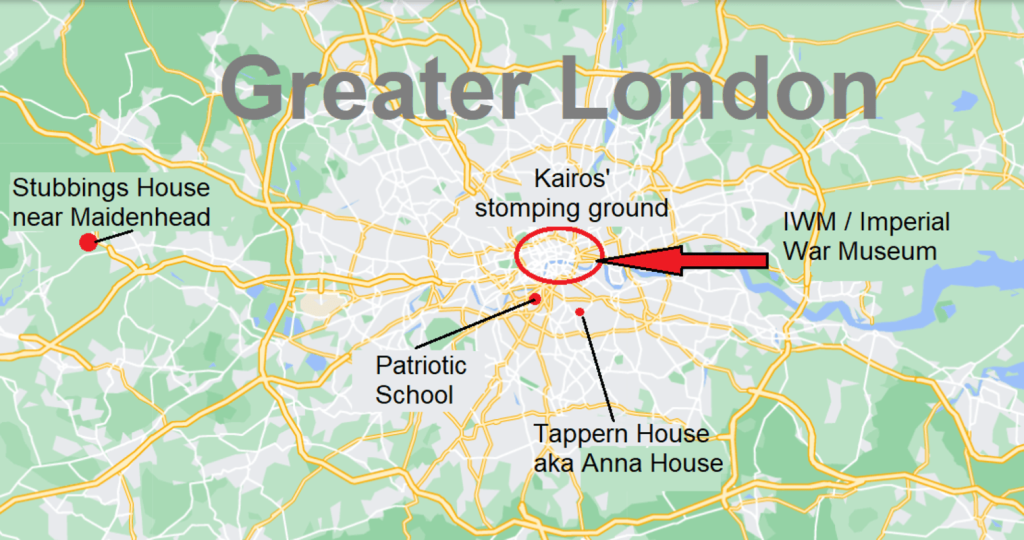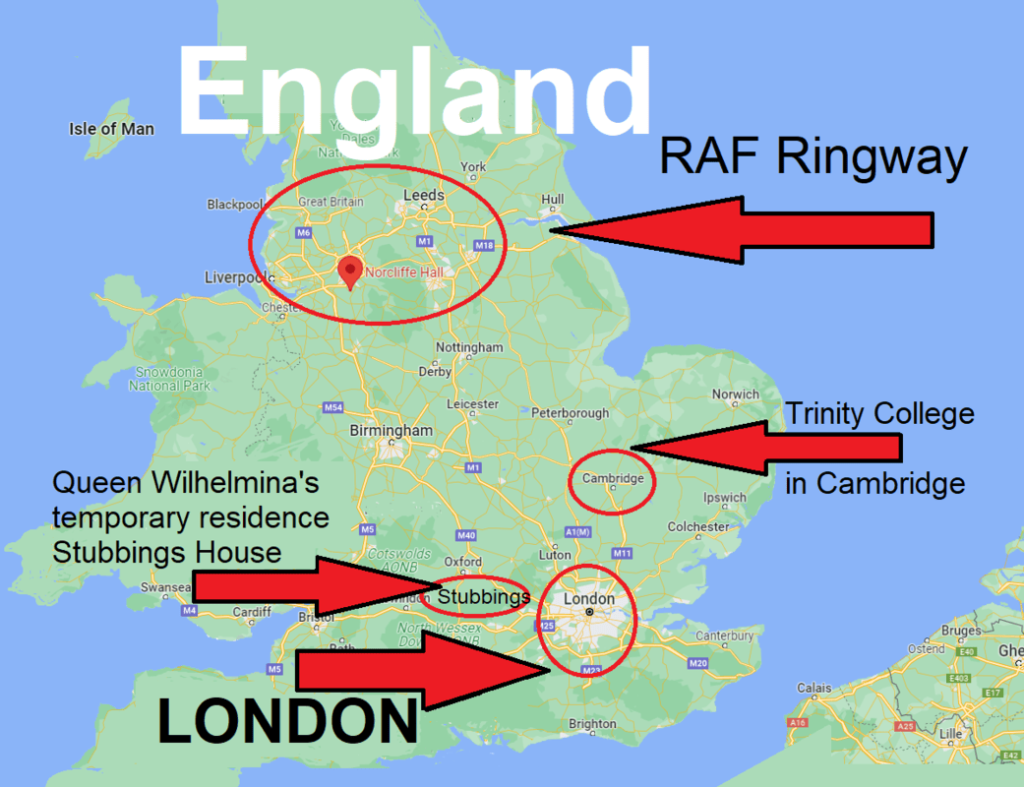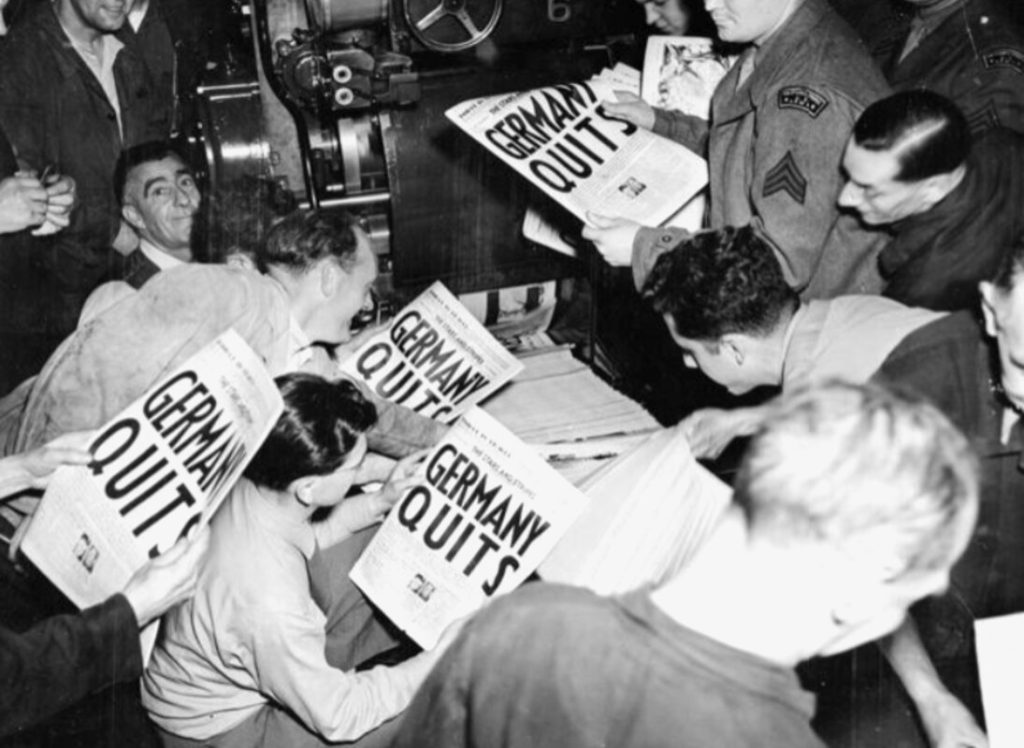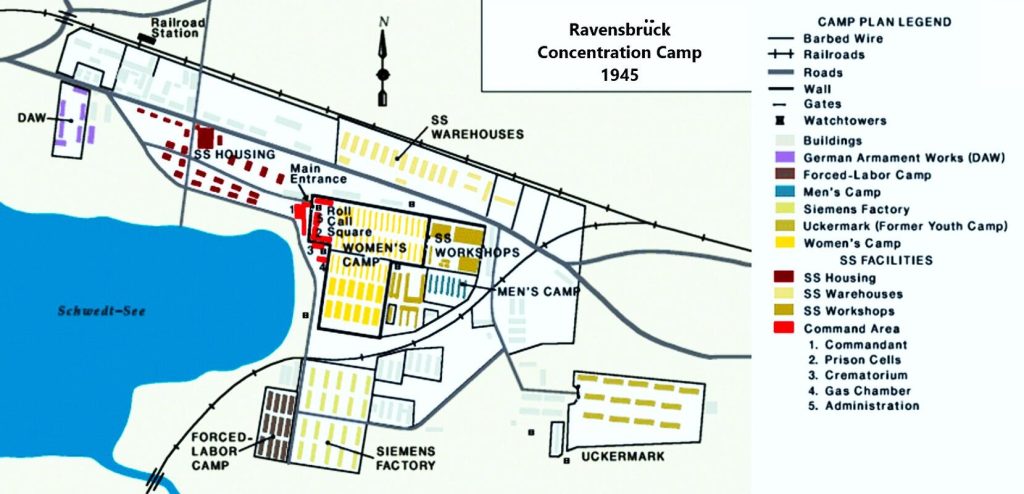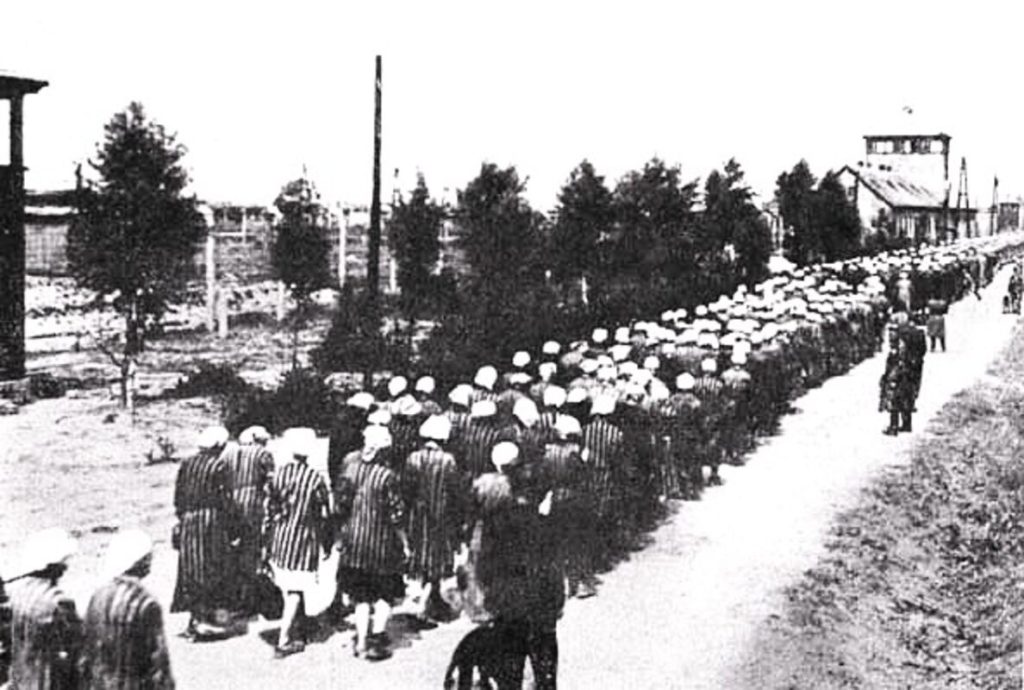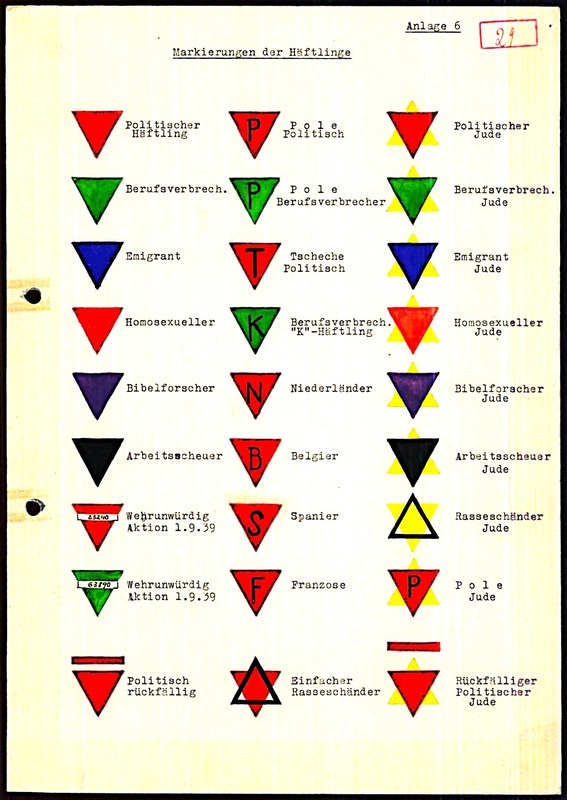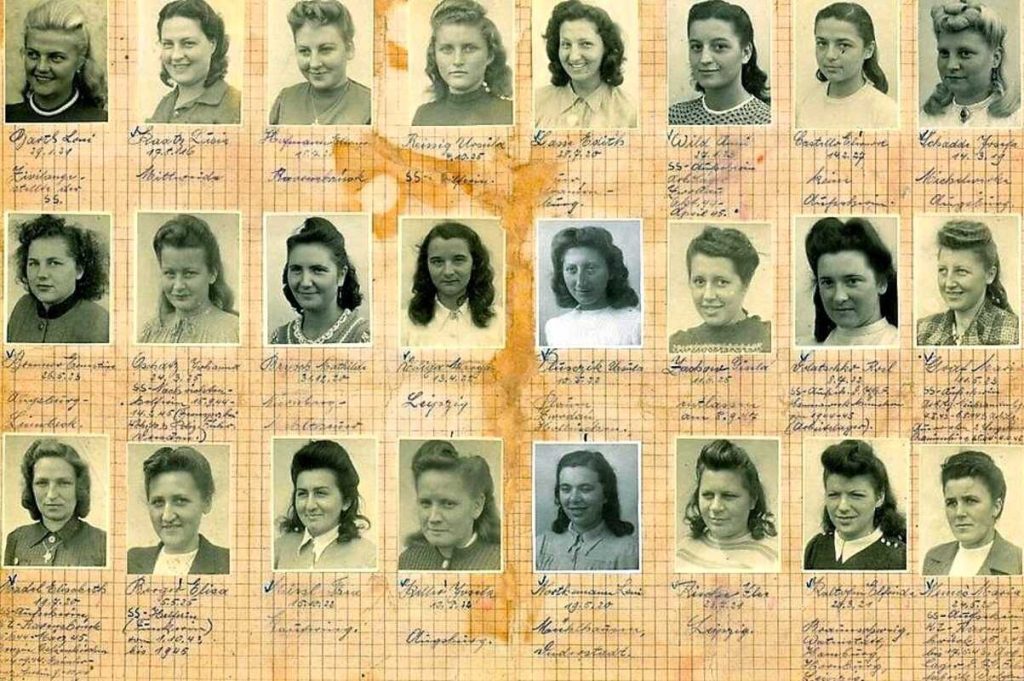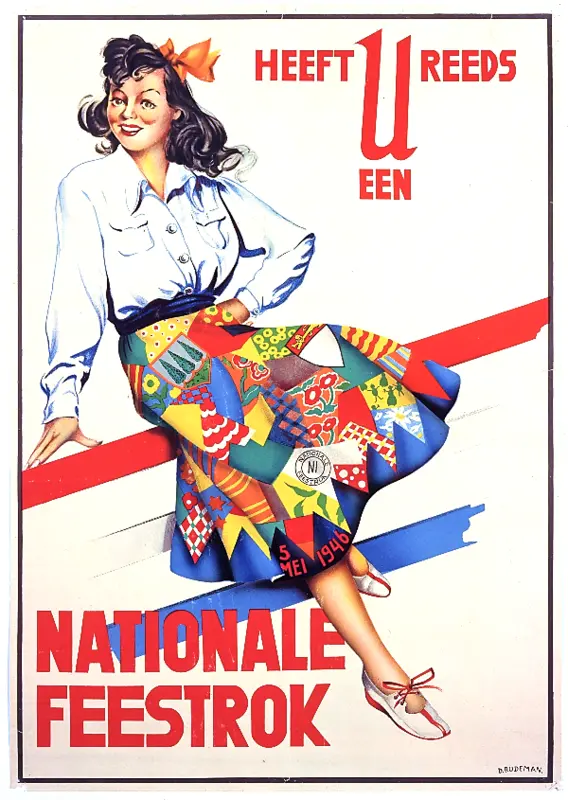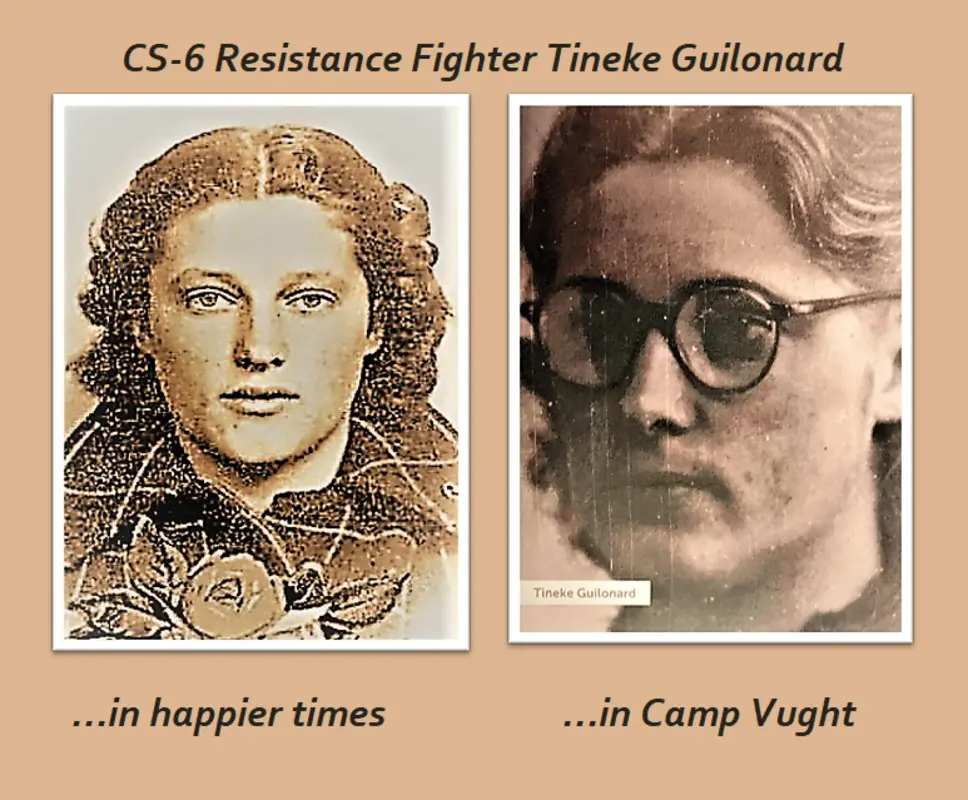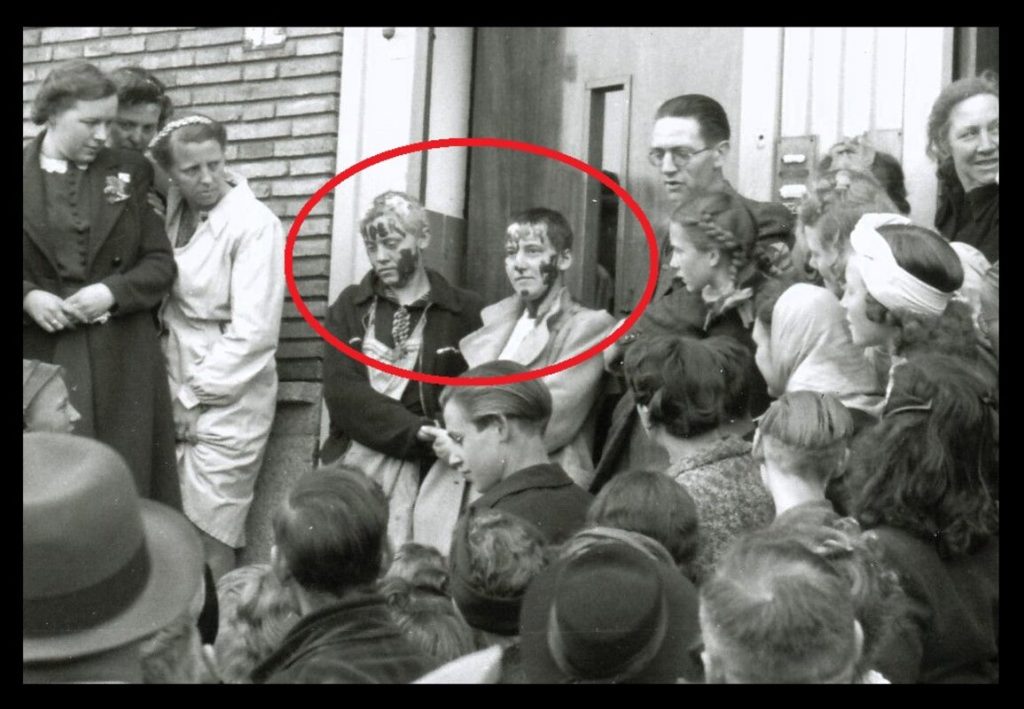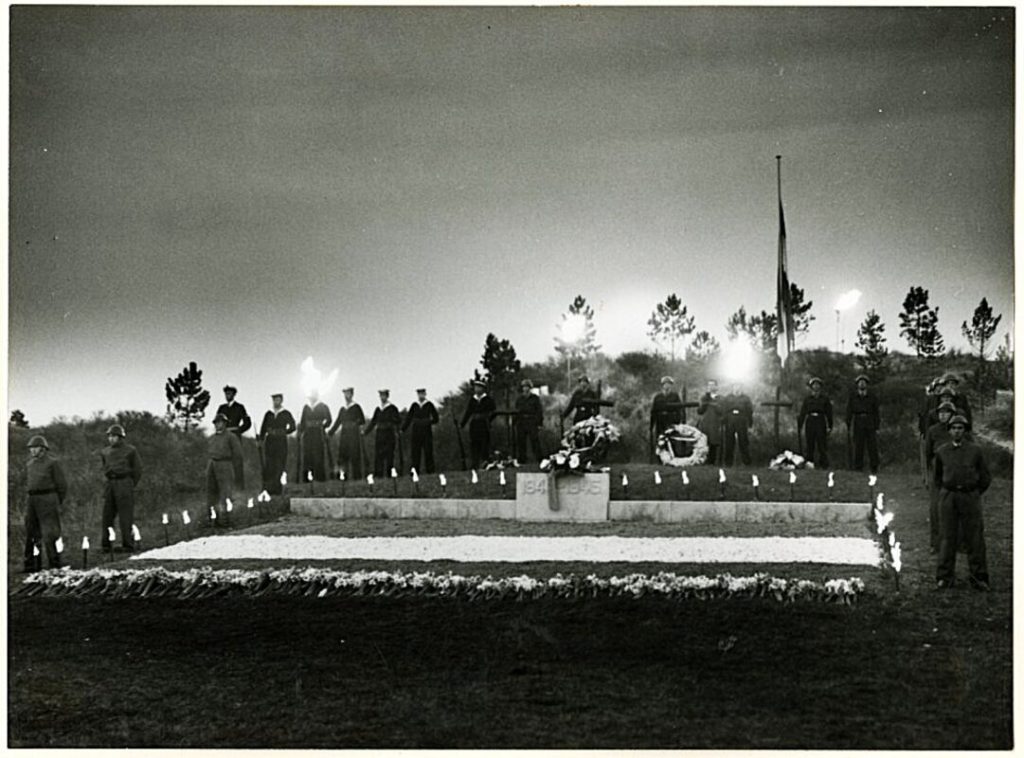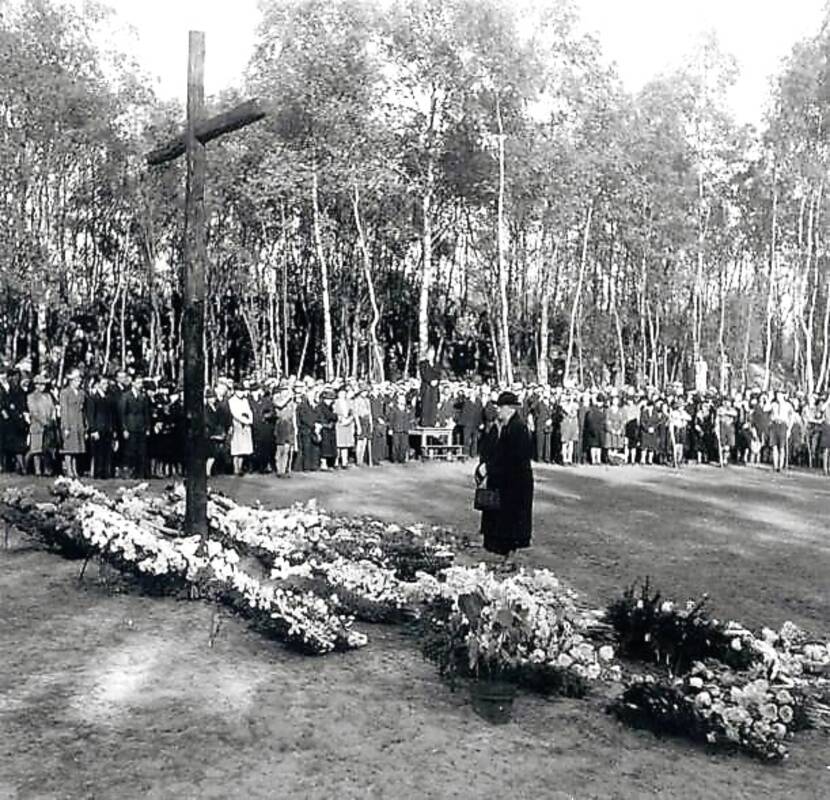ENGLAND – Women at War (IWM collection)
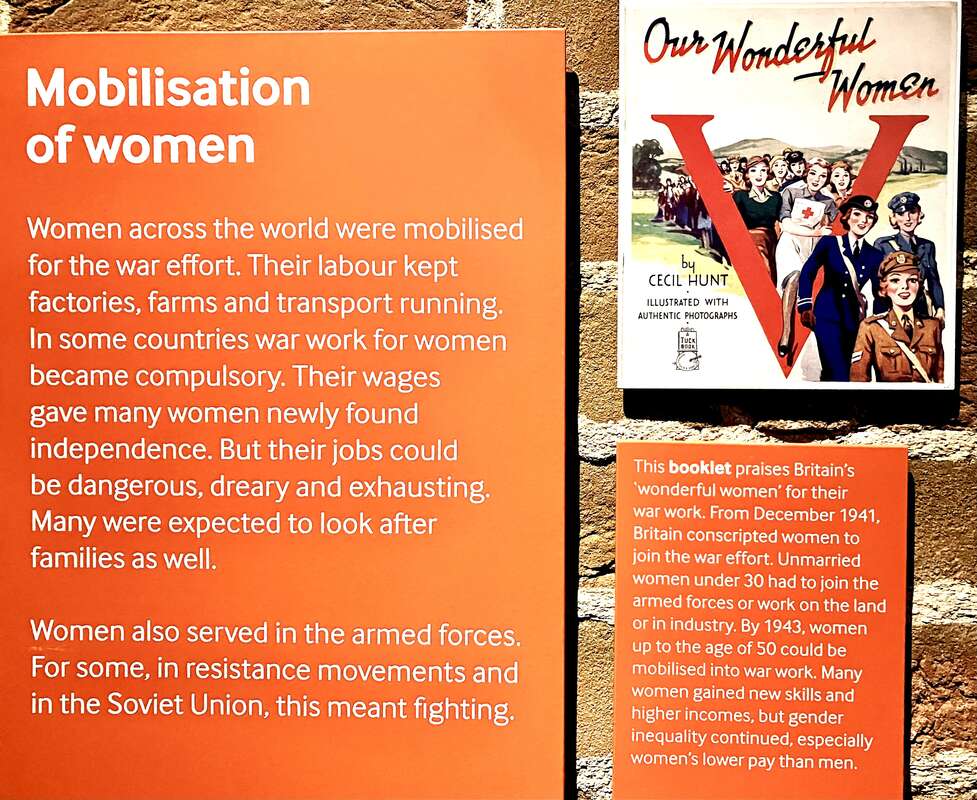
Like the IWM poster states, British women were conscripted to participate in war work from December of 1941 onwards.
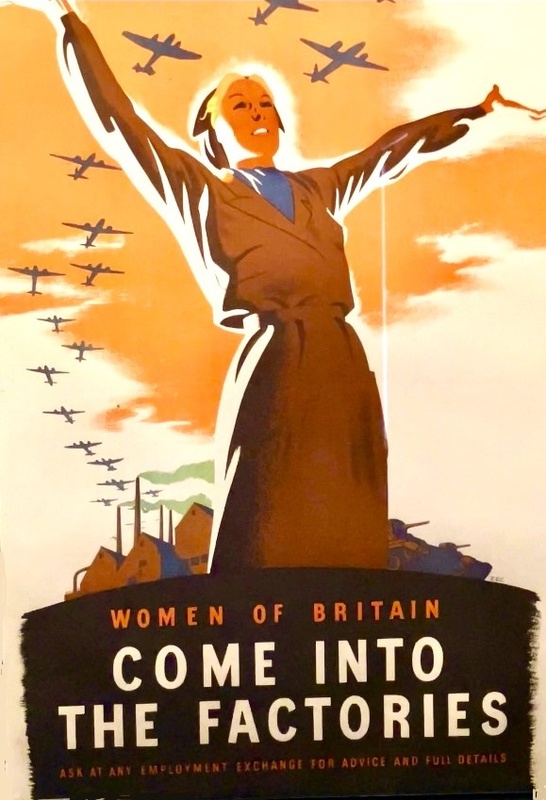
Women were encouraged to volunteer for factory work because ammunition and other war essentials had to be manufactured at a rapid pace.

From the AARP Magazine
The USA had its iconic “Rosie the Riveter” inspired by Naomi Parker-Fraley, here pictured at the age of 95. Britain had lesser known, but equally hard-working “Lumber Jills.”
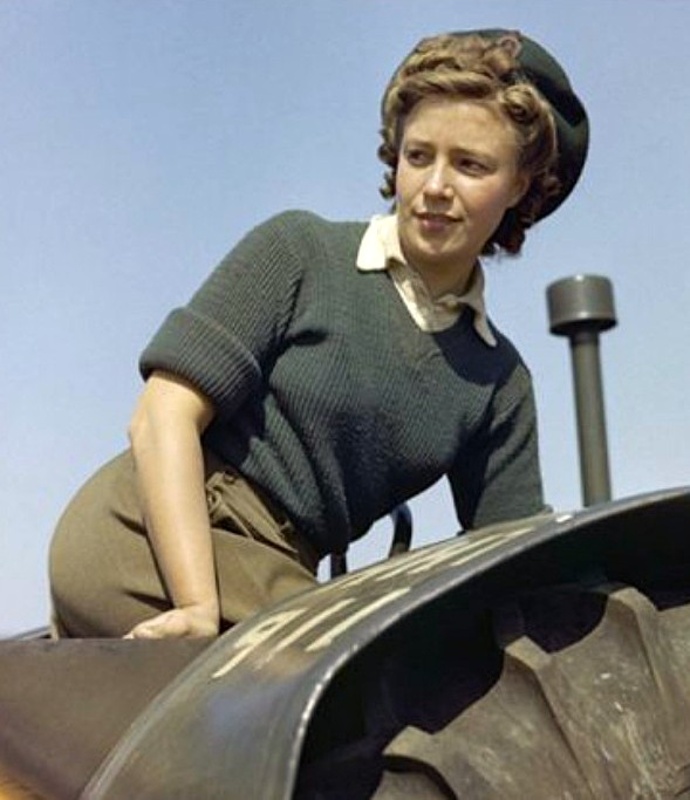
Unknown photographer
These “Lumber Jills” were part of the “Women’s Land Army.”
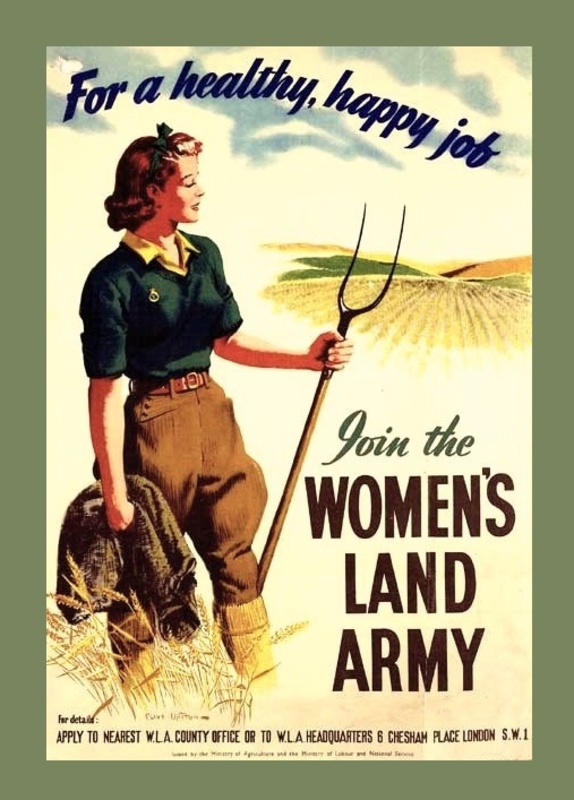
Since the Geneva Convention forbade women to carry weapons, initially women were relegated to any jobs that needed to be done. The “ATS” or Auxiliary Territorial Service was the largest British women’s auxiliary unit with over a quarter million women.
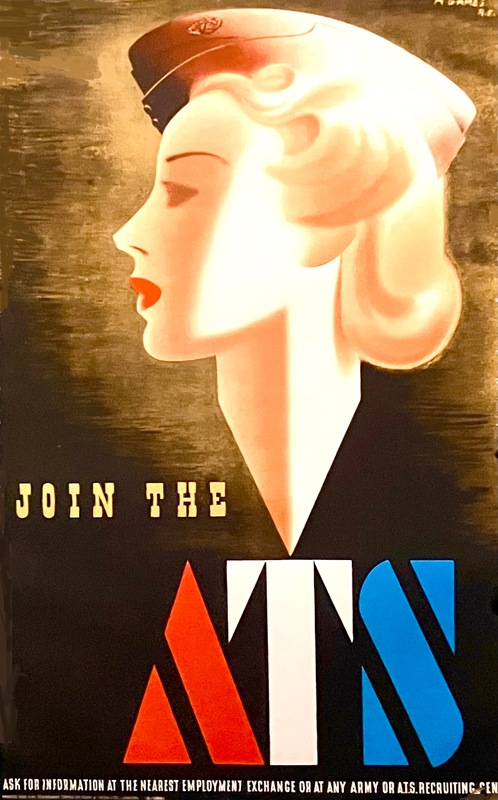
The WRENs were the Women’s Royal Navy Service, but..
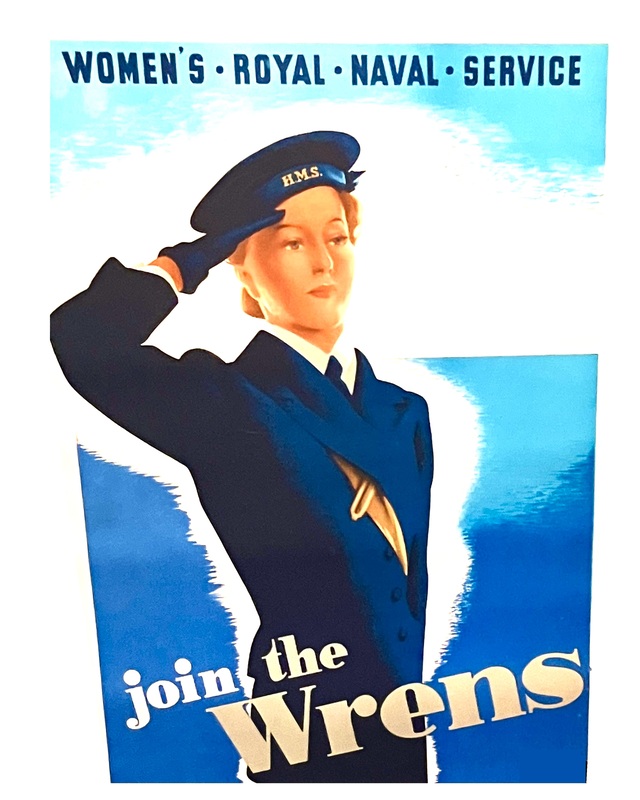
…WRENs did far more than support the Navy. For example, they could be “dispatch riders.”
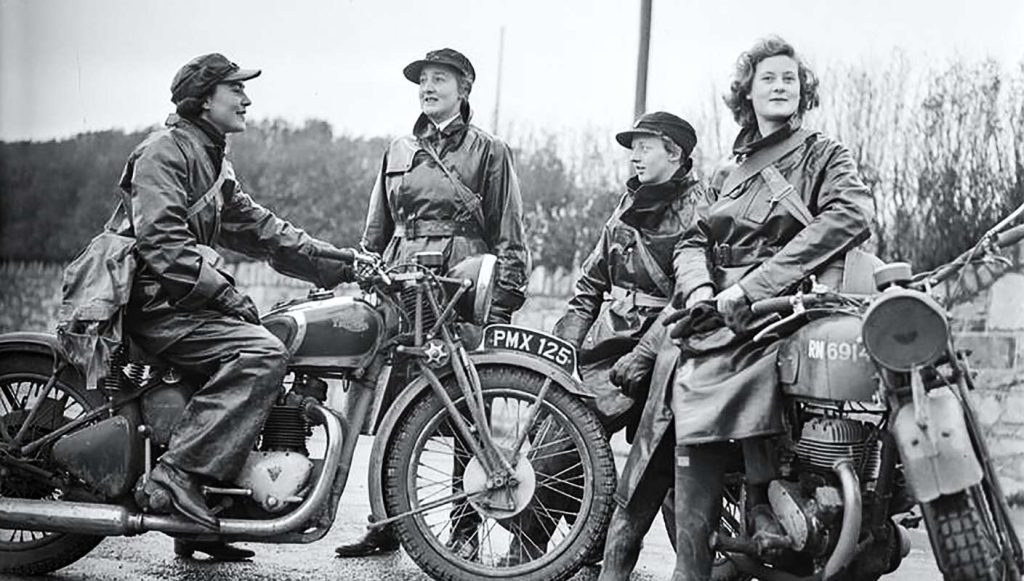
IWM collection
Kairos’ love interest in London, Heather Sedgewick, must have looked something like “Samantha Stewart” in the British TV show Foyle’s War. They were so-called FANYs of the First Aid Nursing Yeomanry. Instead of being paid like their male counterparts, FANYs were “volunteers” who even had to pay a fee to join; this volunteer charity received no subsidies and only barely survived on its subscriptions and gifts. And yet, the women were asked to learn Morse code, be translators, pack parachutes, drive jeeps, and later, be couriers or agents. They were a small, select group of often well-to-do women, who had brothers, fathers, or husbands who were high-ranking military.

as FANY Sam Stewart in Foyle’s War
Some of the girls were drivers or personal assistants to those in the War Cabinet, the Foreign or the War Office because FANYs were known for their discretion. Besides having to sign the Official Secrets Act, they were guided by two unofficial mottos: “I cope” and “Once a FANY, always a FANY.”
Fact of Fiction: While “Heather Sedgewick,” the FANY working in F-section under Vera Atkins is a pseudonym, there was a devoutly Christian lady who was Kairos’ girlfriend and helped him cope with the horrific news from Holland as well as the “doodlebug” bombs.
When Kairos and his wife (in the book “Vicky Winner)” were in their late eighties, this lady visited them from South Africa where she had made a home. With characteristic stoicism, Kairos’ wife said to me, “I’m not worried. What are they going to do? He can barely get up the stairs.”
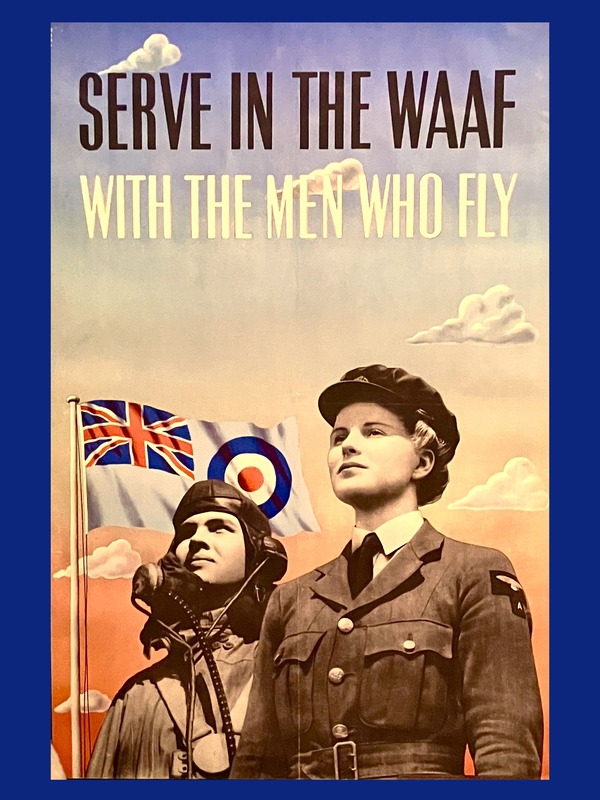
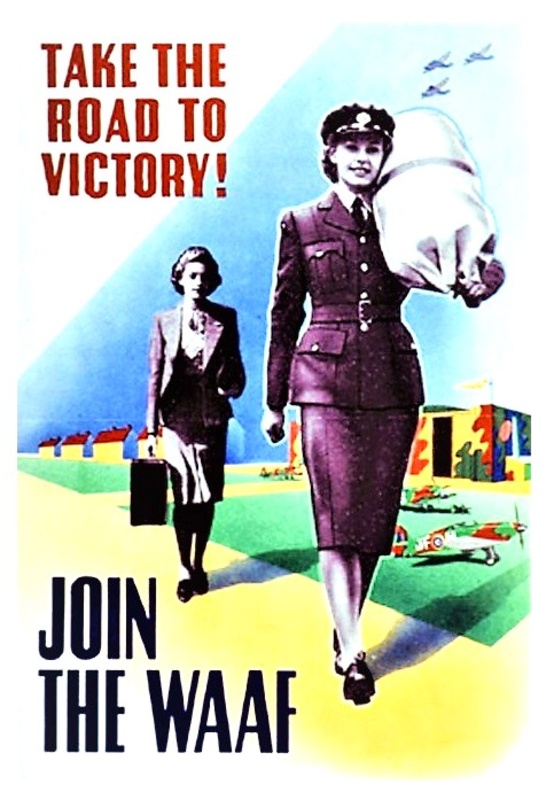
Heather Sedgewick’s boss, Vera Atkins, was eventually a Flight Officer at the WAAF. This Romanian-born British intelligence officer more or less headed F-section (France) for the SOE from 1941-1945. Initially, only a volunteer and administrative aid, then assistant to Colonel Buckmaster, and finally intelligence officer, Atkins was responsible for recruiting, preparing, and sending secret agents into enemy territory.
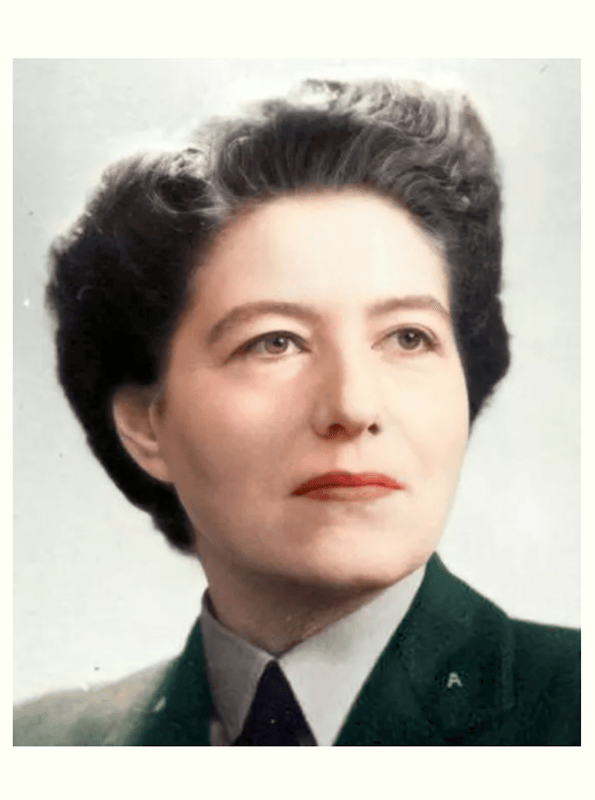
Unknown photographer
WAAF as well as SOE Officer Atkins hid that her real name was “Rosenberg” and that she was Jewish. She never socialized with others and worked as hard as she could. After the war, Vera Atkins was one of the few people who bothered to go to the former concentration camps in war-ravished Europe to try and track down what had happened to each agent she had lost.
Fact or Fiction: The real “Heather Sedgewick” did most likely not work for Vera Atkins. However, the details about Vera Atkins are as factual as possible.
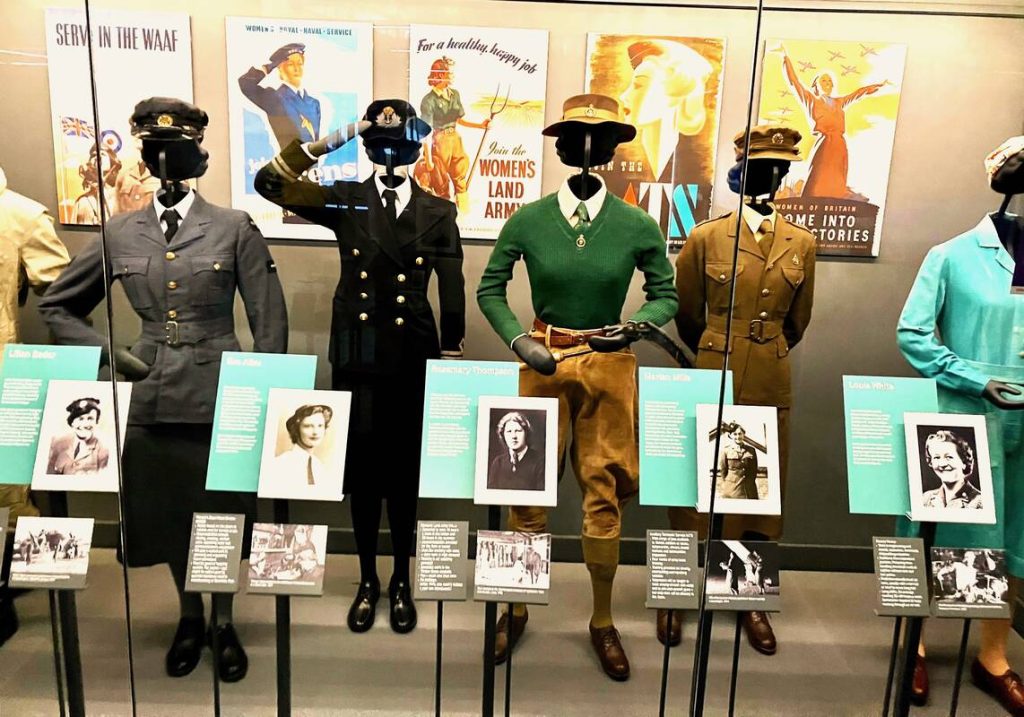
IWM display


According to www. gov.uk, 640,000 women worked in the British armed forces, and yet…
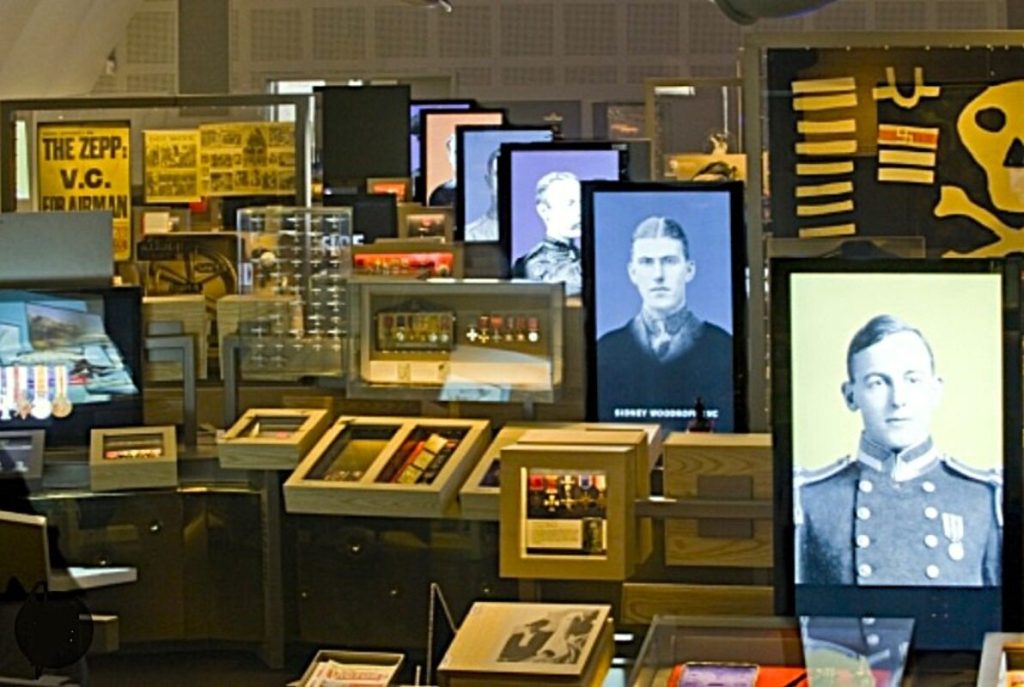
Picture credit: Jorinde @ the IWM
Despite these numbers and the wonderful IWM section of “Women at War,” the Lord Ashcroft Gallery on the top floor of the museum did not have a single display about woman receiving medals when I visited in 2022. Ironically, the IWM webpage devoted to the “world’s largest collection of Victoria Crosses, alongside a significant collection of George Crosses,” starts with mentioning Odette Sansom’s George Cross and Violette Szabo’s Victoria Cross. Sansom survived Ravensbrück (by pretending to be the fiancée of a relative of Churchill), but Szabo did not.
similar galleries
discover
JOIN MY NEWSLETTER
To receive announcements about new blogs, images, essays, lectures, and novels, please sign up.




